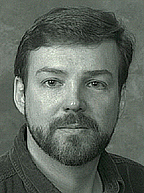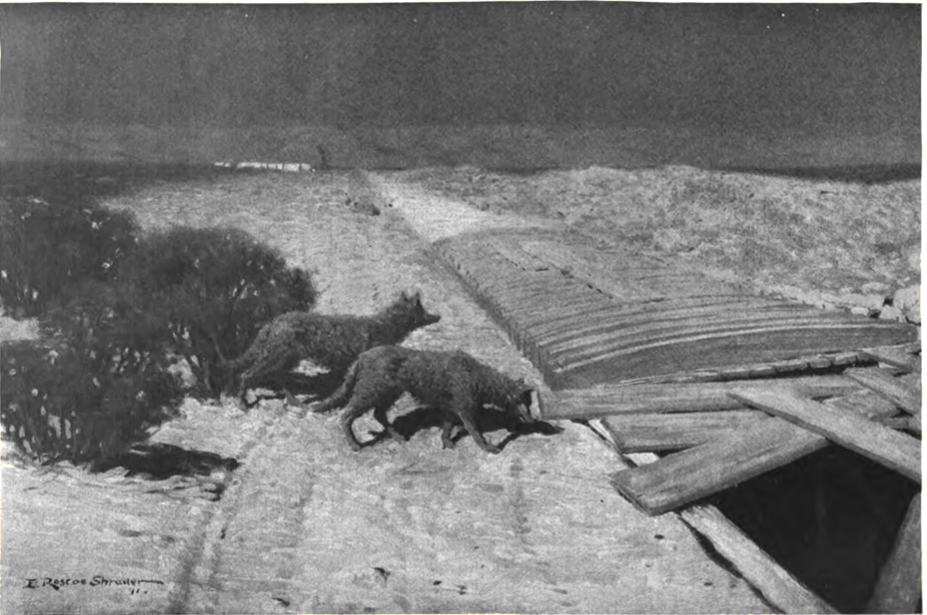|
||||||||||||||||||||||||||||||||||||||||
|
In 1913, William Mulholland's aqueduct brought Owens Valley water 250 miles to Los Angeles. Though controversial the beginning, no one disputed the impressive scale of the project, especially journalist and artist E. Roscoe Shrader, who in 1911 traveled to the hitherto little-known town of Mojave to get a first-hand glimpse of construction. Thus it was that the dusty little town in the midst of the desert awoke one day to find itself important. It was as if an army of conquest had made its headquarters. Tons of freight and machinery were deposited at its dingy station. Each day's trains brought detachments of men, engineers in khaki and corduroy and high boots; laborers, if they had the fare. If no fare was possessed, whole squads hoofed it in along the railroad. Out over the old stage road went straining ten-mule teams, and along the line of stakes straggling through the desert reaches arose the first camps of construction, the shining white of their canvas making new note of color in the pervading grayness. . . The system of the project making every bunkhouse messhall or corrugated iron warehouse alike, does not keep each camp investing itself with an individuality of its own. . .Though the huge aqueduct helped make Los Angeles habitable for millions, it drained Owens Lake, earning engineer Mulholland the enmity of local residents. |
|||||||||||||||||||||||||||||||||||||||
|
© 2000-2013 California Legacy Project, Santa Clara University English Department, Santa Clara University, 500 El Camino Real, Santa Clara, CA 95053.
For more information: Terry Beers, 408 554 4335, or . 



|
|

|








